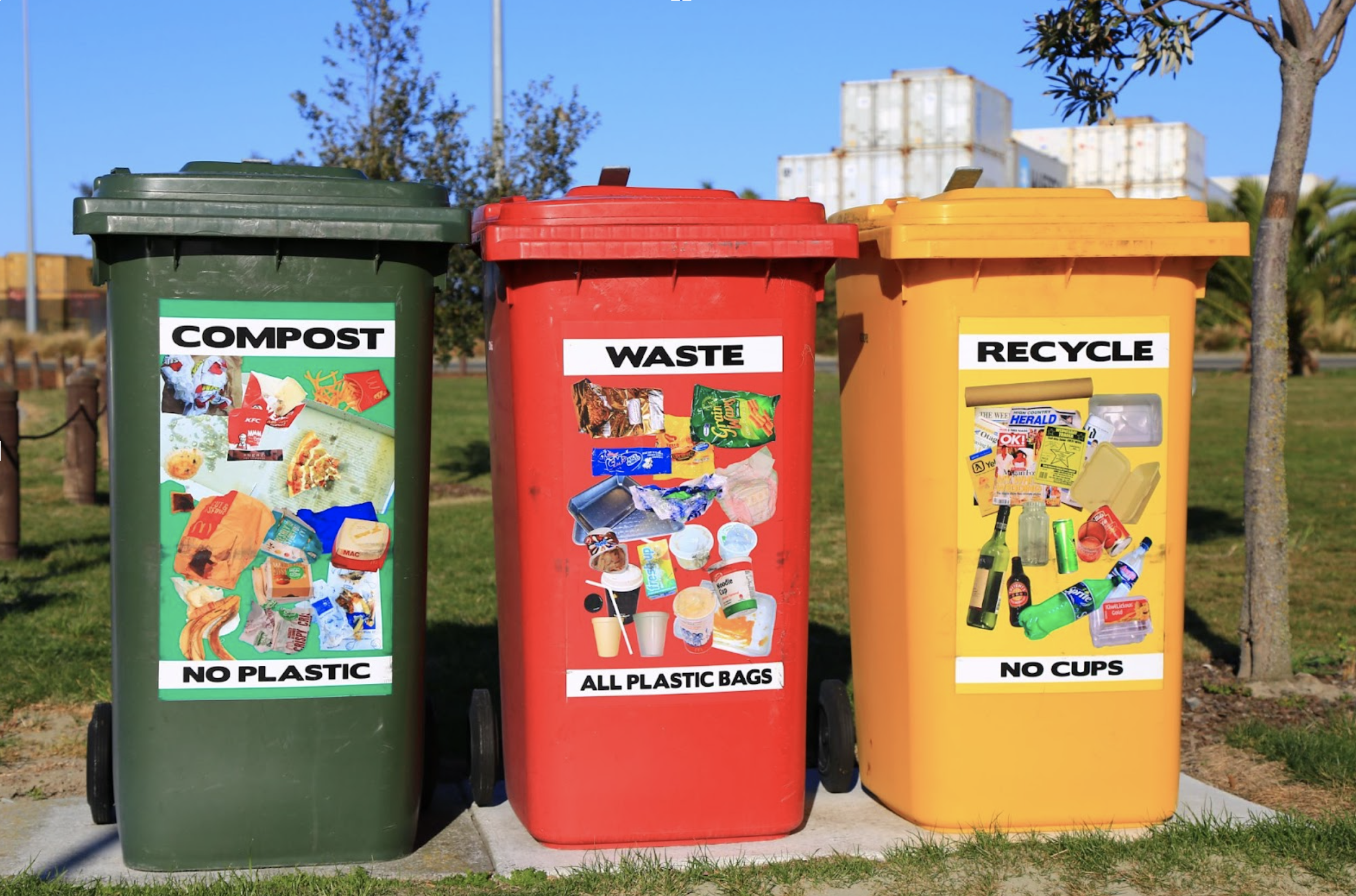Uncategorized, Updates
Got Waste? Compost it!
October 29, 2021

We are all about using up as much food as possible, but sometimes you just can’t find another creative way to use that last banana peel. What is the earth-friendly and guilt-free solution to this issue? Composting!
Composting is the process of organic matter breaking down and turning into a nutrient-rich fertilizer. Everything in the natural world breaks down eventually, but composting utilizes natural chemistry and organisms (worms, fungi, bacteria, etc) to speed up the process.
In a landfill, the conditions for decomposing organic matter are nowhere near as optimal, and can cause something as fragile as a head of lettuce to take up to 25 years to decompose fully (and it releases methane in the process)!
Incorporating composting into your waste management at home can be a fun and relatively hands-off way to reduce your carbon footprint, with the perks of getting some free fertilizer for your plant babies!
Why Compost?
1. Reduce your waste!
By starting the habit of composting you can drastically reduce your waste output and your carbon footprint. For some households, up to 75% of the waste they produce could have been composted!
2. Reduce Methane released into the atmosphere
Composting reduces your carbon footprint by preventing the release of methane into the atmosphere in the form of food rot in landfills. Methane is a powerful greenhouse gas, up to 86x more potent than carbon dioxide! You can read more about the impacts of methane on our planet here.
3. Free fertilizer
Compost is best thought of as a soil amendment, providing a season-wide supply of major & minor nutrients and providing needed organic material for our Colorado soils.
4. Save water while you garden
Compost drastically increases water retention when used as an additive in soil. 1% increase in organic matter helps soil hold 20,000 gallons more water per acre, which is an incredible amount when you consider the importance of conscious water use.
5. Pickup is easy!
Even if you don’t garden, you can still compost your food scraps and deposit them at a compost center in town. You can sign up for compost pickup through the City and County of Denver!

What to compost:
“Green” Nitrogen Materials
These materials are the banana peels, apple cores, and leaf stems in your kitchen! Think “food waste”, and whatever items come to mind are likely what is considered green materials. In addition to non – meat kitchen food scraps, utilize a balanced mix of ‘nitrogen-rich’ weeds that have not ‘gone to seed’ and even small quantities of pet fur. However, adding other animal products or fat to the pile can lead to excess odors and attract urban wildlife.
“Brown” Carbon Materials
Carbon materials provide the structural backbone of the compost pile. Suggested items to add include small twigs, coffee filters, end-of-season disease-free garden plants, straw, and fall leaves.
Cold Composting: The Slow, Beginner-Friendly Method
Cold composting describes exactly what it is. There is no temperature control and little management of moisture, so the process of decomposition is slower and easier.
Start by picking a container! If you’re not sure how much organic waste you produce, start with a small compost bin you can keep in your kitchen. Some will need compostable bags as a lining, others will not.
Now that you have your container, placement is key! The perk to cold composting is that you won’t need to worry about the moisture or the duration of time to compost, so you can decide if you want more airflow to reach the compost or less. The more airflow, the quicker the decomposition into compost.
Keep in mind that cold composting is primarily anaerobic decomposition, a slower process that can take between 1-2 years before the compost is finally usable as a soil additive. If you plan on using composting for your own garden, hot composting might be a better option for you.

Hot Composting: The quicker, pickier method
Hot composting requires more care in terms of moisture and balanced nitrogen and carbon content. To achieve the best carbon-to-nitrogen ratio in your home compost, a rule of thumb is to put in two to four parts brown materials for every one part green materials. Your compost will also need more airflow to facilitate aerobic decomposition and appropriate moisture content as well.
Check on the compost on occasion and add a light sprinkle of water, or more green materials, if the brown materials have dried out the composition. Turning your compost (aka mixing it up) also helps to add oxygen and keep the process moving. With some practice, managing this method becomes like second nature!
Happy composting!
Be warned, your thumb might just turn green after successfully creating your first compost pile! There are plenty of resources available online for you to reference, and check out our friends over at Denver Urban Garden’s website to dig up some tips and get started!